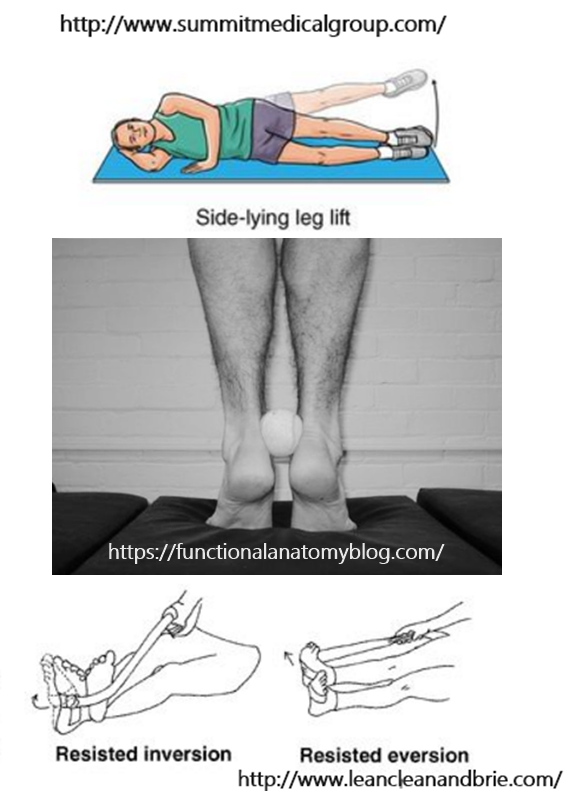Inside ankle tendon pain when running is also known as posterior tibial tendon dysfunction. One of the major risk factors for this condition is flat arches (Woods et al. 1991), which also causes excessive foot pronation during running because flat arches also indicate that the connective and soft tissues of the feet are weak and are unable to control excessive rear-foot motions.
Even worse, a runner with no longitudinal aches could be at a very high risk for a complete posterior tibial tendon rupture which requires surgery to fix!
Inside Ankle Tendon Pain When Running
Another factor that causes posterior tibial tendon pain is weakness of the posterior tibial tendon itself. When this tendon is weak, it fails to dynamically stable the hindfoot during running, resulting in greater eversion forces and greater mechanical demands on the surrounding ligaments (Woods et al. 1991).
So, what’s the best possible approach to avoid this agonizing injury? You need to first strengthen your arches. What if you can do this yourself? Well, you can!
The Science: The secret weapon in preventing decreased arch function is by walking barefoot on uneven surfaces. This turns on the nerves in the feet that directly stimulate the muscles that control the lowering and rising of the arch. When these muscles are strong, your arches become higher, and your foot becomes strong enough to control excessive foot pronation without the help of motion control stability running shoes. As a result, more barefoot exposure relieves tension from posterior tibial tendon.
When your posterior tibial tendon troubles start to get better, try running barefoot, making sure you land with a forefoot strike, not a heel strike. This will also cause your feet to get stronger quicker and helps correct any biomechanical glitches you have, which will help ease inside of ankle pain.
Now lets work on strengthening the posterior tibial tendon itself. For one, avoid stretching the tendon because doing so may lengthen the tear and aggravate inflammation. You need to strengthen the tendon by doing foot-inversion resistant exercises, as shown below:

More From Run Forefoot:
Barefoot Running: The Secret Weapon Against Ankle Weakness
Sharp Pain in Heel After Running?
My Thoughts on Minimalist Running
Best Barefoot-Inspired Running Shoes
References:
Woods et al. Posterior tibial tendon rupture in athletic people. Am J Sports Med, 1991; 19(5):495-98.
Bretta Riches
BSc Neurobiology; MSc Biomechanics candidate, ultra minimalist runner & founder of RunForefoot. I was a heel striker, always injured. I was inspired by the great Tirunesh Dibaba to try forefoot running. Now, I'm injury free. This is why I launched Run Forefoot, to advocate the health & performance benefits of forefoot running and to raise awareness on the dangers of heel striking, because the world needs to know.
Latest posts by Bretta Riches (see all)
- Does Foot Strike Really Matter in Running? YES! - 17/04/2024
- Heel Lifts Increase Injury in Runners - 16/04/2024
- Are Minimalist Shoes Good for Seniors? YES! - 14/04/2024

